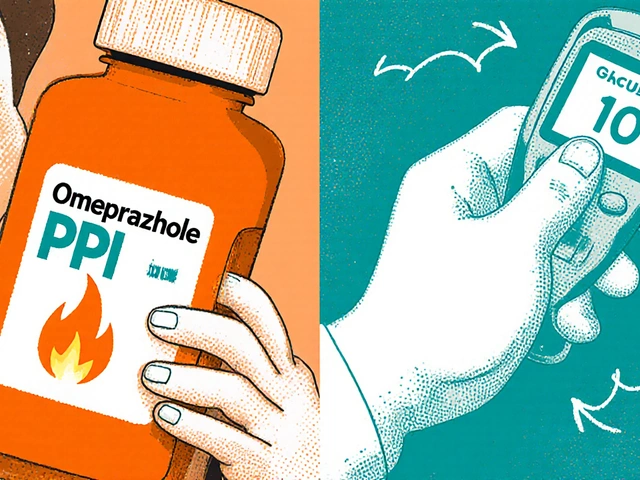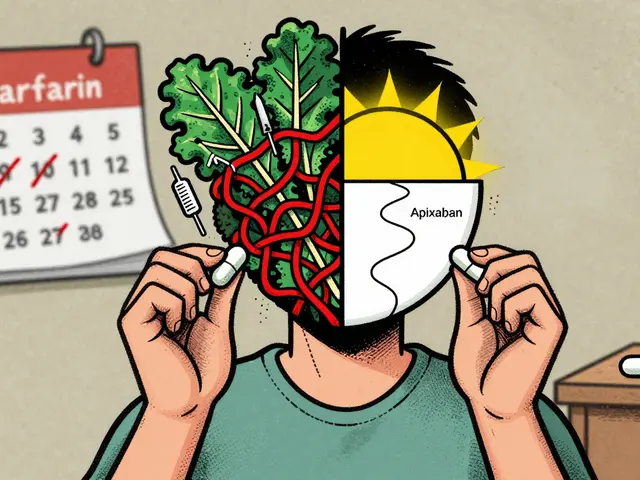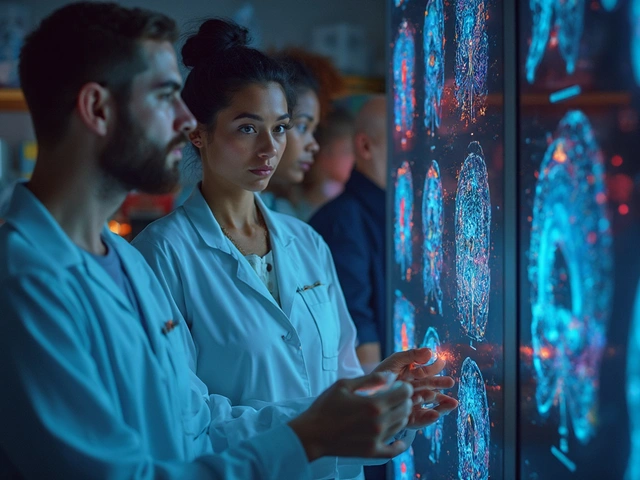Pharmacy Prices: How to Find Lower Costs Without Sacrificing Safety
Pharmacy prices can feel confusing and unfair. You don’t have to pay more though. This guide gives simple, practical steps to lower what you spend on prescriptions while staying safe.
First, always compare prices. Use online price checkers and apps to see what local and online pharmacies charge for the same drug. Look at the total cost — price per pill, shipping, and any service fees. A lower sticker price can be misleading if shipping or extra fees pop up at checkout.
Ask your doctor or pharmacist about generic versions. Generics contain the same active ingredient and usually cost much less. If a brand-name drug has a coupon from the manufacturer, factor that in when comparing to a generic.
Smart shopping tips
Buy in bulk when it makes sense. If your medication is long-term and stable, a 90-day supply can lower your per-dose price and reduce copays. But check expiration dates and storage rules first. Also ask if a mail-order option through your insurer lowers costs; many plans offer cheaper long fills.
Compare hubs beyond price. Check pharmacy reviews, customer service, and return or refund policies. For online pharmacies, confirm accreditation and require a valid prescription. Avoid deals that look too good to be true — unusually cheap controlled drugs or no-prescription offers are red flags.
Practical negotiation and paperwork
Talk to your pharmacist. They can suggest cheaper alternatives, split pills when safe to do so, or switch manufacturers. Pharmacists can also tell you about patient assistance programs if cost is a barrier. Bring a printout of competitor prices — some pharmacies will match or beat them.
Keep records. Save receipts, coupon codes, and prescription labels. When insurance denies a refill or charges a high copay, these records help with appeals or talking to your insurer.
Watch for subtle cost traps. Unit pricing, dose strength differences, and combination products can hide real price differences. Always compare the same strength and the same number of doses. If dosage differs, calculate cost per milligram to be sure.
Finally, balance savings with safety. Cheaper isn’t better if the seller is unverified or if you risk taking the wrong product. Use reputable pharmacies, verify online pharmacies with known accreditation, and consult your healthcare provider when switching brands or doses.
Lowering pharmacy prices takes a few minutes of comparison, a phone call, and the willingness to ask questions. Those small steps often save a lot over a year without risking your health.
A quick checklist: 1) check unit price and total cost, 2) ask about generics, 3) search discount cards and manufacturer coupons, 4) compare 30 vs 90-day supplies, 5) confirm online pharmacy credentials, 6) ask your pharmacist for cheaper brands or dose-splitting, and 7) keep all receipts for appeals. If a price seems too low, call the seller and confirm the drug name, strength, manufacturer, and return policy. These few checks protect your wallet and your health. Start saving today with one small change.

Pharmacy prices are a headache, right? This article takes a real-life approach and pits BuzzRx against GoodRx in a side-by-side comparison, showing which prescription discount card can save you more on common meds. You'll get hard numbers, clear tips, and unexpected facts to help you spend less on your prescriptions this year. Comparing costs across popular UK and U.S. pharmacies, find out what actually works for your wallet. Let’s bust the myths, skip the sales pitch, and see which card rings in the best deals for everyday medicines.
Continue Reading





